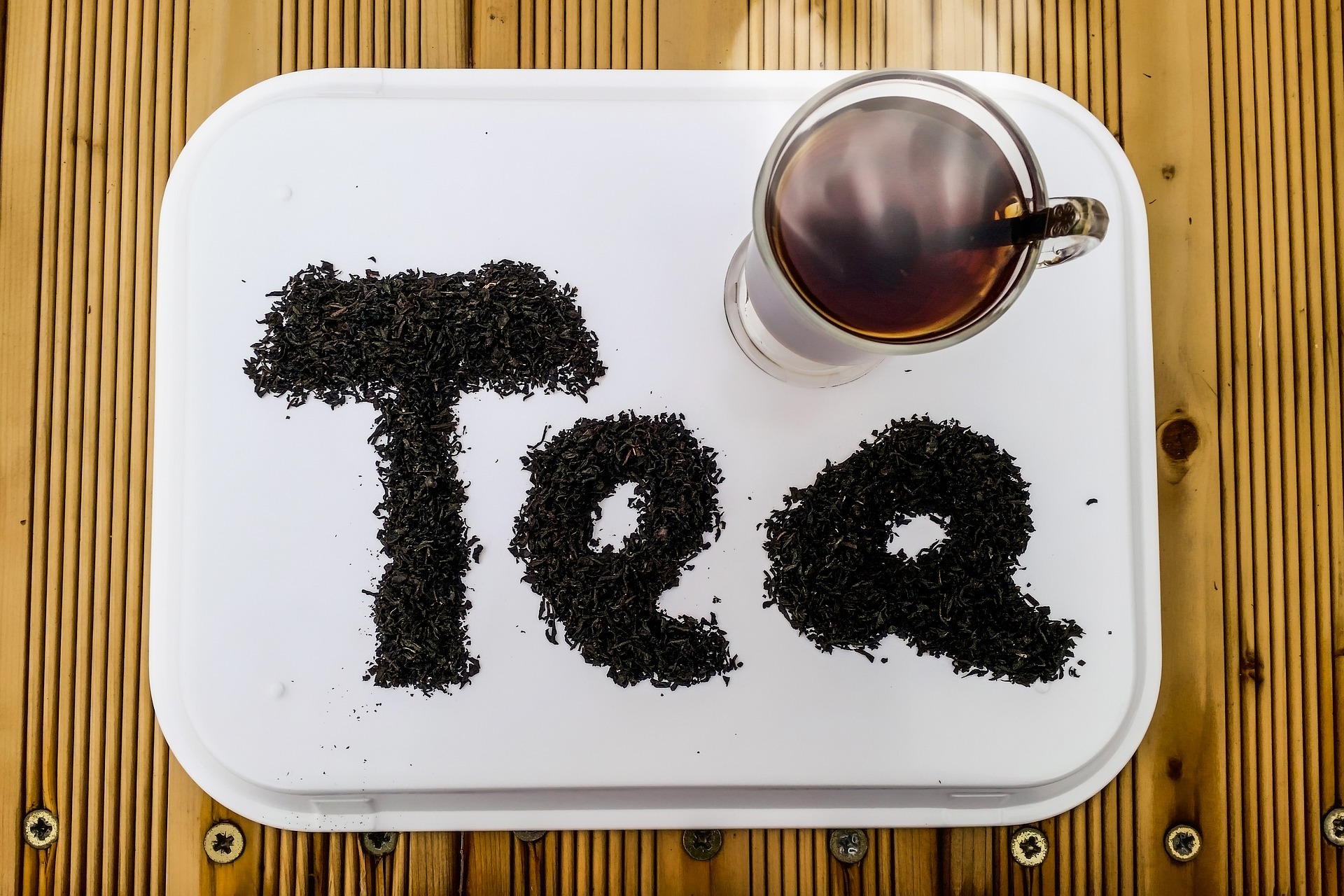Various kinds of tea, the beloved beverages which are enjoyed by millions worldwide, are not just drinks; but the unique and enchanting experience. From its rich history to its diverse flavors and health benefits, tea has captured the hearts and palates of people across cultures for centuries. In this comprehensive guide, we delve into the enchanting world of tea, exploring its various kinds and what makes each one unique.
Table of Contents
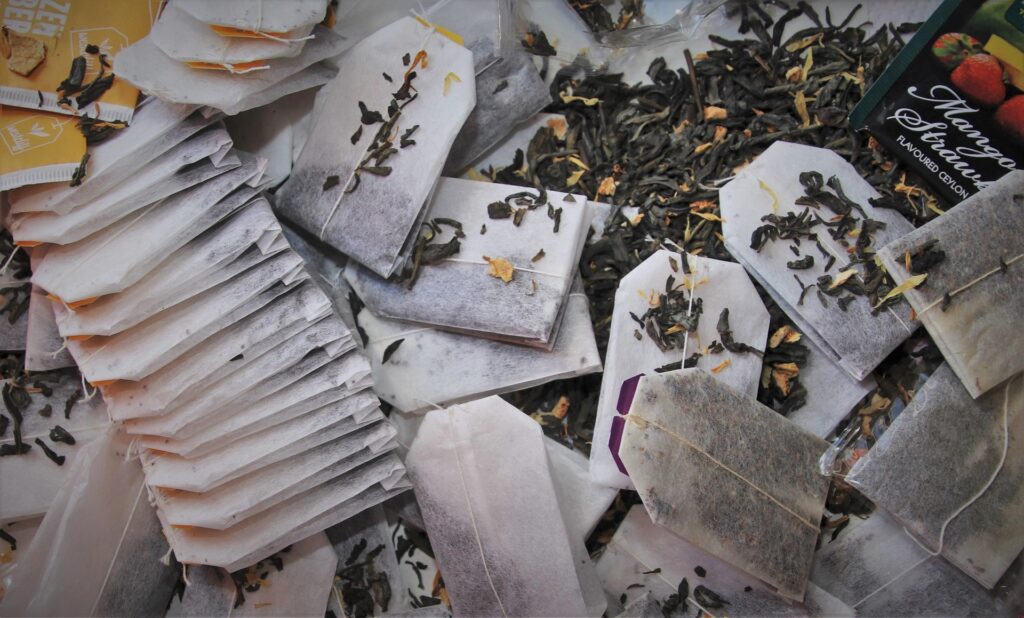
1. Black Tea: Bold and Flavorful
Black tea, known for its robust flavor and dark color, is one of the most widely consumed types of tea globally. Originating from the Camellia sinensis plant, black tea undergoes full oxidation during processing, resulting in its distinctive taste and aroma. With varieties like Assam, Darjeeling, and English Breakfast, black tea offers a range of flavors to suit every preference.
2. Green Tea: Delicate and Refreshing
Renowned for its delicate taste and numerous health benefits, green tea has gained popularity for its antioxidant properties and potential to boost metabolism. Unlike black tea, green tea undergoes minimal oxidation, preserving its natural green color and fresh flavor. Varieties such as Sencha, Matcha, and Gunpowder boast unique characteristics, making green tea a favorite among health-conscious consumers.
3. Oolong Tea: The Perfect Balance
Oolong tea strikes a harmonious balance between black and green tea, offering a diverse range of flavors depending on the level of oxidation. With its nuanced taste and floral undertones, oolong tea captivates tea enthusiasts seeking a more complex drinking experience. Varieties kinds of tea like Tieguanyin, Da Hong Pao, and Formosa Oolong showcase the diversity and craftsmanship of this unique tea category.
4. White Tea: Subtle Elegance
White tea, revered for its subtle flavor and delicate aroma, undergoes minimal processing, allowing the leaves to retain their natural appearance and taste. Often referred to as the “Champagne of Teas,” white tea offers a light and refreshing drinking experience, making it a favorite choice for those seeking a gentle flavor profile. Numerous kinds of tea such as Silver Needle and Bai Mudan showcase the purity and elegance of white tea.
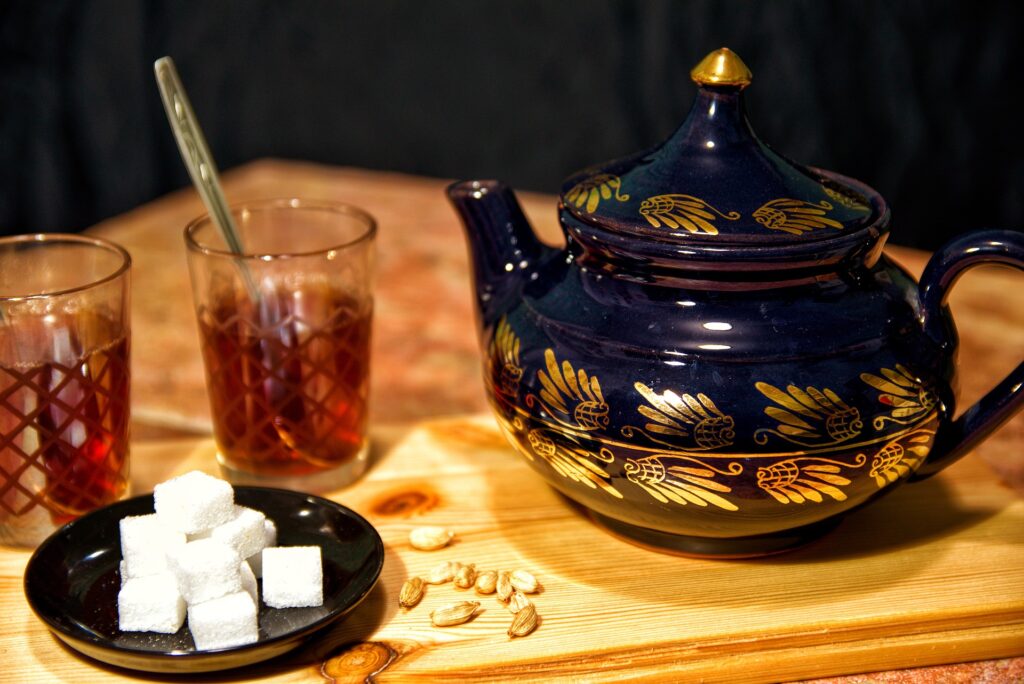
5. Herbal Tea: A Symphony of Flavors
Herbal tea, also known as tisanes, encompasses a wide range of infusions made from herbs, spices, flowers, and fruits. Unlike traditional teas derived from the Camellia sinensis plant, herbal teas are caffeine-free and offer a myriad of flavors and health benefits. From soothing chamomile and invigorating peppermint to spicy chai and fruity blends, herbal tea caters to diverse tastes and preferences.
6. Pu-erh Tea: Aged to Perfection
Pu-erh tea, prized for its unique fermentation process and earthy flavor, originates from China’s Yunnan province. Unlike other teas, Pu-erh undergoes post-fermentation, which enhances its flavor complexity and develops a rich, smooth taste over time. Varieties such as Sheng (raw) and Shou (ripe) Pu-erh offer distinct flavors and aromas, making it a favorite among tea connoisseurs.
7. Yellow Tea: Rare and Refined
Yellow tea is from one of the important kinds of tea characterized by its mellow taste and yellowish hue, undergoes a unique oxidation process similar to green tea but with an additional step called “sealed yellowing.” This process imparts a distinct flavor profile, often described as sweet and floral, making yellow tea a rare and sought-after delicacy. Varieties like Junshan Yinzhen and Huoshan Huangya showcase the elegance and craftsmanship of yellow tea.
8. Flavored Tea: Infusions of Creativity
Flavored tea combines traditional tea leaves with various natural flavors, herbs, spices, and botanicals to create enticing blends that tantalize the taste buds. From fruity infusions like peach and raspberry to exotic combinations like jasmine and lychee, flavored kinds of tea offer a world of creative possibilities, appealing to adventurous tea enthusiasts looking for new and exciting flavor experiences.
9. Smoked Tea: A Unique One Among Several Kinds of Tea
Smoked tea, also known as Lapsang Souchong, is a distinctive variety hailing from China’s Fujian province. Produced by smoking tea leaves over pinewood fires, smoked tea boasts a bold and smoky flavor profile that evokes images of cozy campfires and rustic charm. Its intense taste and aroma make it a favorite choice for those seeking a unique and memorable tea-drinking experience.
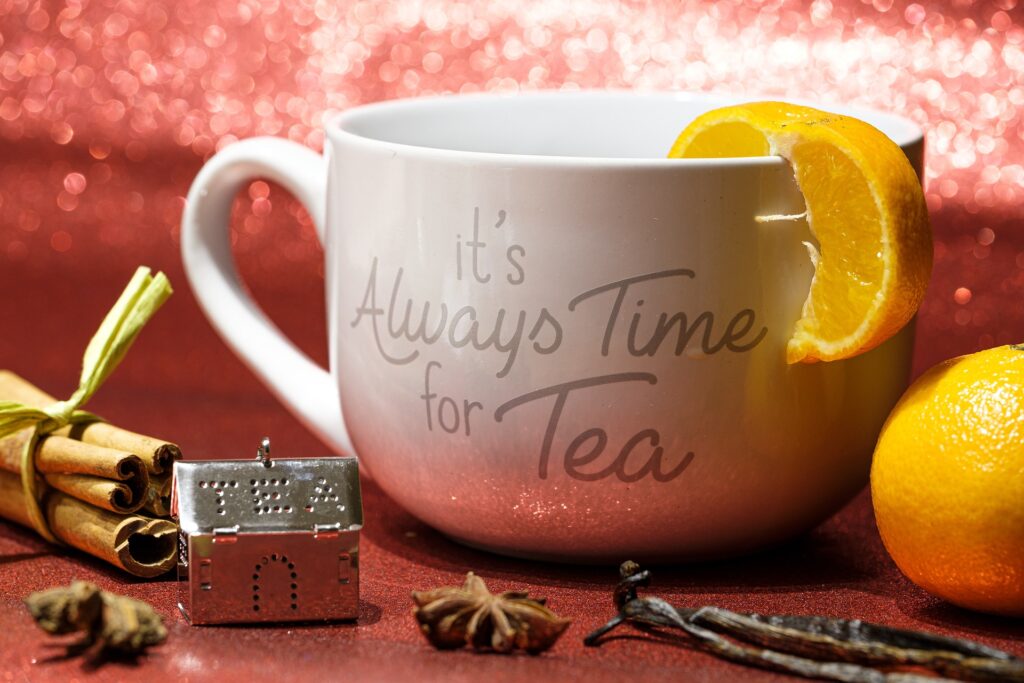
10. Fermented Tea: A Journey of Transformation
Fermented tea, such as Kombucha and Jun, undergoes a fermentation process involving beneficial bacteria and yeast cultures, resulting in a tangy, effervescent beverage with potential health benefits. These teas offer a refreshing alternative to traditional brewed teas, with flavors ranging from fruity and floral to tangy and tart, appealing to health-conscious consumers looking for probiotic-rich drinks.
11. Blooming Teas: One of Artistic Kinds of Tea
Blooming teas, also known as flowering or display teas, are a visual and sensory kinds of tea. Handcrafted by artisans, blooming teas are made by skillfully wrapping tea leaves around dried flowers into a bulb shape. When steeped in hot water, the bulb unfurls, revealing a beautiful floral display and delicate tea flavor, creating an exquisite tea-drinking experience.
12. Decaffeinated Tea: Enjoy the Taste Without the Caffeine
Decaffeinated tea offers all the flavor and aroma of traditional tea without the stimulating effects of caffeine. Through various decaffeination processes, such as the Swiss water method or carbon dioxide extraction, caffeine is removed from tea leaves while preserving their natural taste and quality. Decaffeinated teas are perfect for those who want to enjoy tea throughout the day without disrupting their sleep or caffeine sensitivity.
13. Rooibos Tea: A South African Specialty
Rooibos tea, originating from South Africa’s Cederberg region, is beloved for its naturally sweet flavor and caffeine-free composition. Made from the leaves of the Aspalathus linearis plant, Rooibos tea offers a smooth and soothing drinking experience, with varieties like Red Rooibos and Green Rooibos boasting unique flavor profiles and potential health benefits.
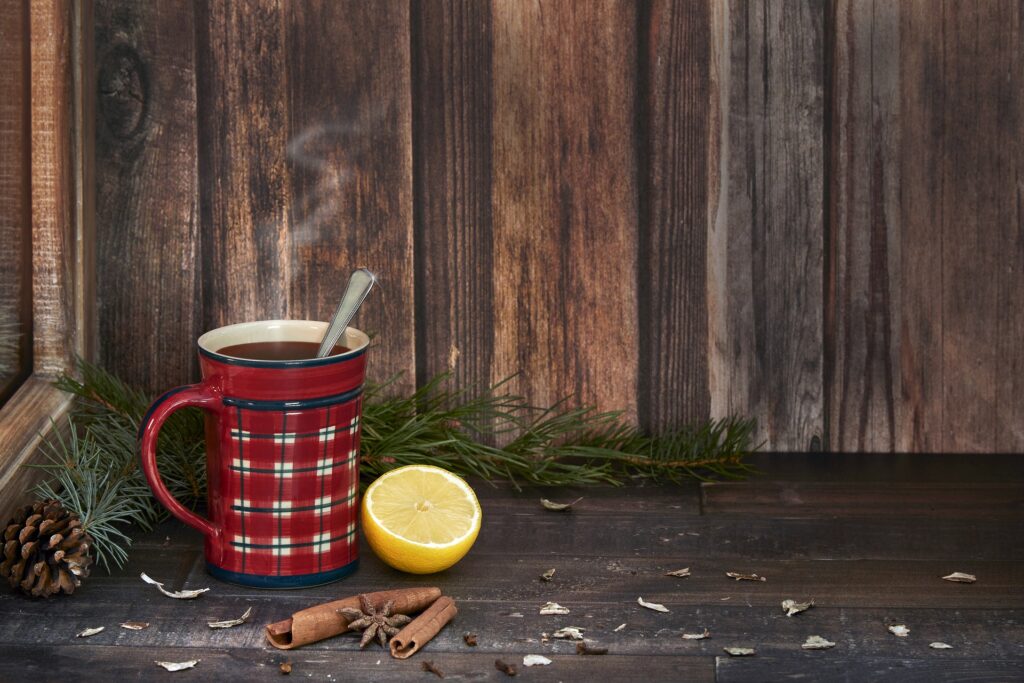
14. Darjeeling Tea: The Champagne of Teas
Darjeeling tea, grown in the picturesque Darjeeling district of India, is renowned for its exquisite aroma and muscatel flavor. Often referred to as the “Champagne of Teas,” Darjeeling tea is celebrated for its light body and floral notes, with each flush offering distinct characteristics that reflect the region’s terroir and craftsmanship.
15. Assam Tea: Bold and Brisk
Assam tea, cultivated in the fertile plains of northeastern India, is prized for its bold flavor and rich, malty taste. With its robust character and brisk finish, Assam tea is a favorite choice for breakfast blends and is often enjoyed with milk and sugar. Varieties like Assam TGFOP (Tippy Golden Flowery Orange Pekoe) and Assam CTC (Crush, Tear, Curl) showcase the versatility and strength of this classic tea.
Conclusion:
The world of different kinds of tea is as vast and diverse as the cultures that cherish it. Whether you prefer the boldness of black tea, the subtlety of white tea, or the complexity of oolong tea, there’s a brew to suit every palate and occasion. By exploring the different kinds of tea, we not only enrich our drinking experience but also gain insight into the rich tapestry of tea culture worldwide.
FAQs:
- What distinguishes black tea from other kinds of tea?
- Black tea undergoes full oxidation during processing, resulting in its bold flavor and dark color, distinguishing it from green, white, and oolong teas, which undergo different levels of oxidation.
- Is green tea more beneficial for health compared to other kinds of tea?
- Green tea is often touted for its high concentration of antioxidants and potential health benefits as compared to other kinds of tea including boosting metabolism and promoting heart health. However, the specific health benefits may vary depending on individual factors and overall lifestyle.
- What are some popular herbal teas and their respective health benefits?
- Popular herbal teas include chamomile, known for its calming properties, peppermint, which aids digestion, and ginger tea, prized for its anti-inflammatory effects. Each herbal tea offers unique health benefits and flavors when matched with various kinds of tea.
- How does the fermentation process affect the taste of Pu-erh tea?
- Pu-erh tea undergoes post-fermentation, which develops its distinctive earthy flavor and smooth taste over time. The fermentation process also enhances the tea’s complexity and richness, making it a favorite among tea enthusiasts.
- Are there any caffeine-free alternatives to traditional kinds of tea?
- Yes, herbal teas, such as chamomile, rooibos, and peppermint, are caffeine-free alternatives to traditional tea. These herbal infusions offer a variety of flavors and potential health benefits without the stimulating effects of caffeine.
- What makes white tea unique among other kinds of tea varieties?
- White tea undergoes minimal processing, allowing the leaves to retain their natural appearance and delicate flavor. Its subtle taste and light body distinguish it from other tea varieties, making it a favorite choice for those seeking a gentle drinking experience.
- Can I blend different types of tea together to create new flavors?
- Yes, blending different types of tea can lead to unique flavor combinations and exciting taste experiences. Experimenting with tea blends allows you to customize your brew according to your preferences and explore new flavor profiles.
- How does the flavor of smoked tea differ from other kinds of tea?
- Smoked tea, such as Lapsang Souchong, has a distinctive smoky flavor imparted by the process of smoking the tea leaves over pinewood fires. This intense flavor sets it apart from other teas and appeals to those who enjoy bold and robust tastes.
- Are there any specific brewing techniques for blooming tea to maximize its visual appeal?
- To maximize the visual appeal of blooming tea, use a glass teapot or cup to allow the blooming process to be fully appreciated. Use hot water, around 176-185°F (80-85°C), and steep the blooming tea ball for 3-5 minutes to ensure the flower unfurls completely.
- What is the difference between flavored tea and traditional tea?
- Flavored tea combines traditional tea leaves with various natural flavors, herbs, spices, and botanicals to create enticing blends, whereas traditional tea is made solely from the leaves of the Camellia sinensis plant. Flavored teas offer a wide range of flavors and aromas, catering to diverse tastes and preferences.

